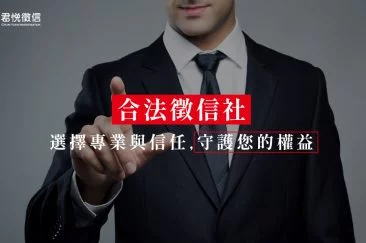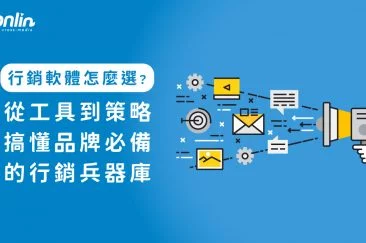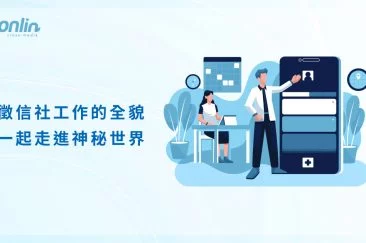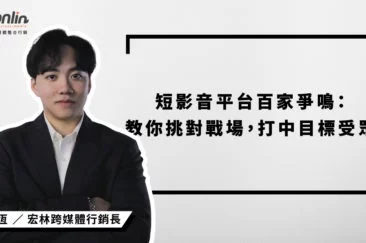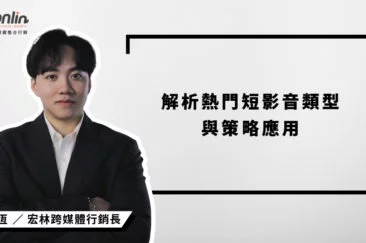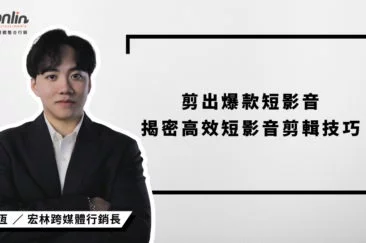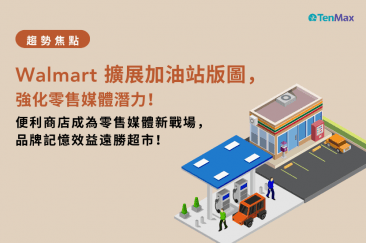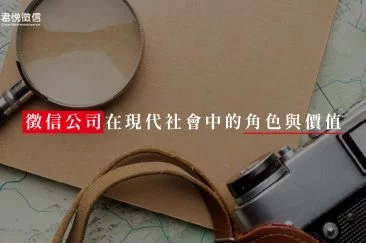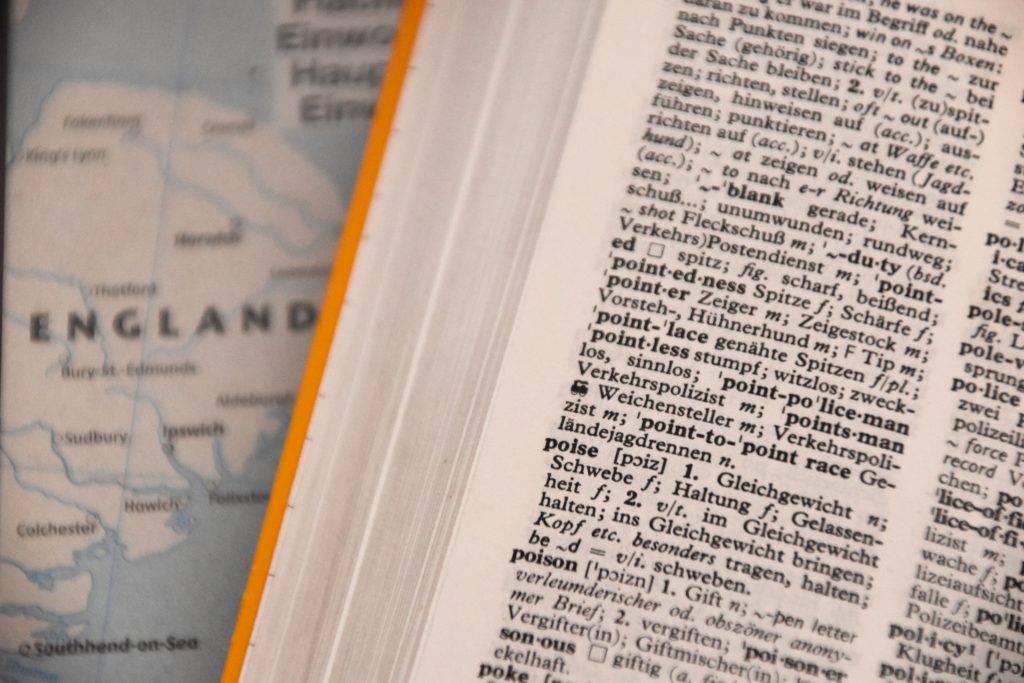▌本文由WUWOW大英文天團授權行銷人編輯、轉載。
在職場中,要寫一封正式的商用書信,有非常多需要注意的細節,這也是讓大多數人頭痛的原因。但其實英文商用信件有基本的框架與原則,掌握這些重點就能讓你在書信溝通無障礙!
寫一封正式的商用書信,需要注意的地方非常多!從小細節中就能一窺一個人的本事!總是不會想讓對方覺得失禮或被冒犯,那就來看看有沒有自己經常犯的錯誤吧,十分鐘讓你掌握技巧,應對超得體!
一、常用英文書信單字 Vocabulary
unforeseen (adj.) 沒辦法預見的
salutation (n.) 招呼
signature (n.) 簽名
until further notice (phrs.) 直到有更新的通知
promptly (adv.) 迅速地
specialist (n.) 特別專員
trade (n.) 交易/貿易
carbon copy (CC) (n.) 副本
blind carbon copy (BCC) (n.) 密件副本
illegible (adj.) 難以辨識的
二、商業書信的框架 Structure of a Business E-mail
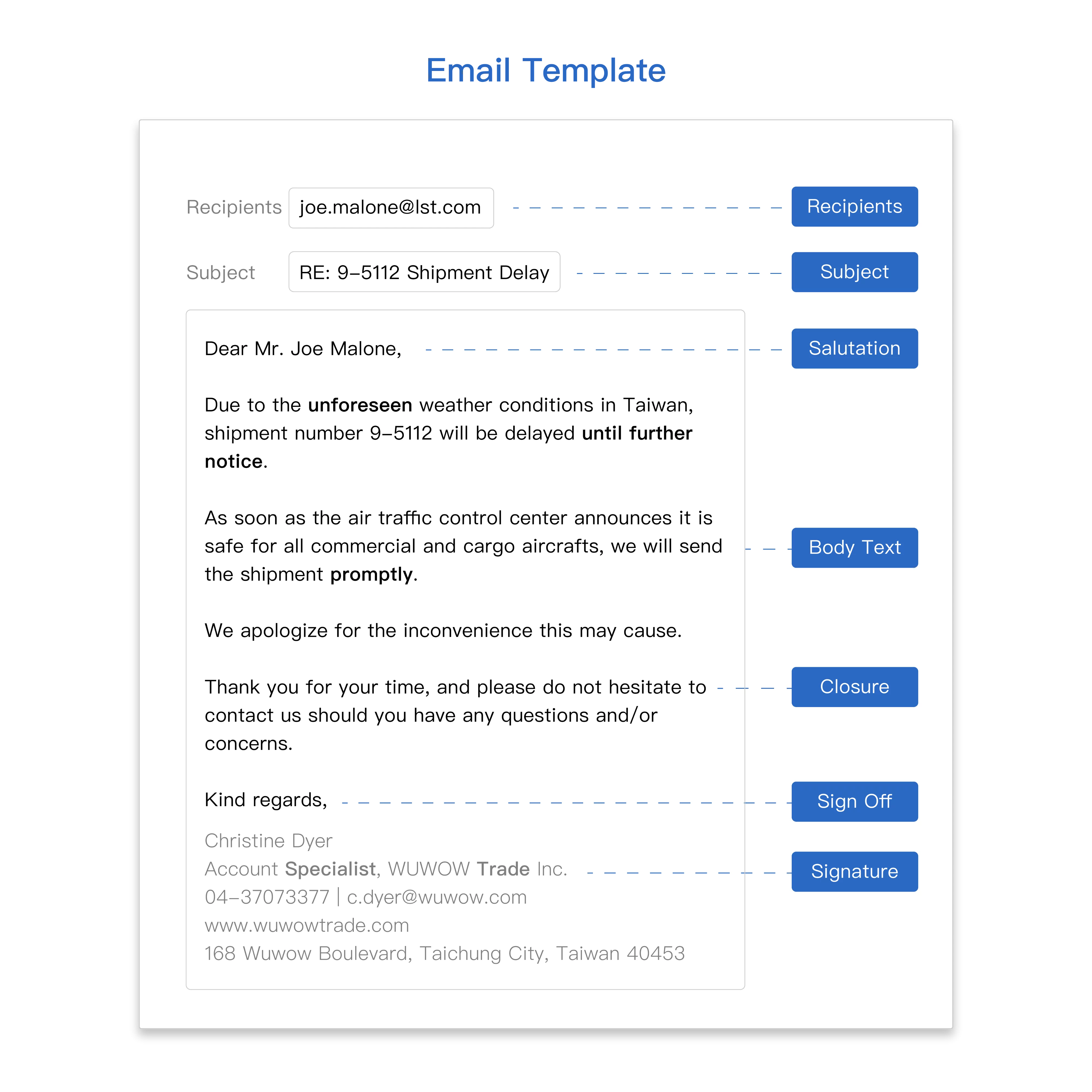
- Recipient 收信者
Make sure you double-check who you’re sending it to before hitting ‘Send’. Also, think about the people you might need to send a copy (CC or BCC) to.
在你發送信件前請務必確認收信者的資訊是否正確,並且想一下你是否有需要發送副本或是密件副本給相關人士。
- Subject 主題
A clear subject title will allow the recipient to understand the urgency of the matter. Keep it short and concise.
一個明確的主題可以讓收信人了解其緊迫性。請保持簡短精準為原則。
- Salutation 招呼
This is where you greet the recipient. To address a formal audience, stick with ‘Dear’, for a less formal audience, you can use ‘Hi’ or ‘Hello’.
這是你跟收信者打招呼的部分。若對方是正式的受眾,請乖乖使用「Dear」就對了。若並不是那麼正式的信件,那也可以使用「Hi」或是「Hello」。
- Body Text 信件內文
Your main message of the e-mail should also be as short, clear, and straight to the point as possible. Try to avoid using contractions for a formal audience. ALWAYS PROOFREAD BEFORE HITTING ‘SEND’!!!
你的內容也盡可能保持簡短、清楚、直接的方式來陳述。寄信給正式的受眾時也要避免使用縮寫的字眼。寄信前永遠要記得覆誦一次!!!
- Closure 結尾
End your e-mail in a clear way, expressing what kind of response you are expecting, if needed. If you are not specific enough, you probably won’t get what you need.
信件用明確的方式結束,需要的話,可以闡述你在期待怎樣的回應。如果你沒有特別強調的話,你可能會得不到你需要的答案。
- Sign Off 結尾祝福
The most common, and safest, sign-offs include: ‘sincerely’, ‘yours sincerely’, ‘respectfully’, and ‘best/kind regards’.
最常見也最安全的講法有這些:「sincerely」、「yours sincerely」、「respectfully」、「best/kind regards」。
- Signature 簽名
A formal business e-mail has a signature at the end to provide detailed contact information, such as the name of contact, title, company name, and contact information.
通常正式的商業信件在結束的時候都會有附簽名檔。內容包含一些聯絡資訊像是: 姓名、職稱、公司名、以及連絡方式之類的。
三、格式 Format
- Font 字型
It’s best to choose a basic, easy to read font style. Some people may be using their mobile devices, so a fancy font with lots of strokes may become a bit illegible. Some suggestions include Sans Serif, Arial, and Verdana.
最好是選基本又好讀的字型。有些人可能會使用手機或是平板電腦來閱讀,那樣的話,那些有造型的字型很可能會變得難以辨識。下列這些字型是我們推薦的:Sans Serif、Arial、Verdana。
- Text Size 字型大小
Anywhere between 10 and 12 pt. is safe. If the font is too big, you might be misunderstood (as if you’re trying to sound bolder), and if it’s too small, it may be hard to read.
基本上10~12之間的大小是安全的。如果字型太大,你可能會被誤解(語氣加重之類的)。而若字型太小,又太難讀了。
- Bold vs. Italics 粗體跟斜體
Both are used to emphasize and draw attention to an area of text. You can use bold for headings or a strong points, as it catches the eye more easily if the reader is just skimming through the contents. Italics are a more subtle way to stress on something.
兩者都是在文章中用來強調或是加強注意的型態。你可以用粗體的方式當作開頭或是強調重點,這樣讀者就算是快速略過還是可以輕易抓到重點。斜體字會是以比較柔/委婉的方式來強調某件事情。
- Underline 底線
Use underlines with care. Most underlined text can be confused for a link.
小心使用底線喔。大部分文字加底線的都會被誤以為是連結喔。
When you’re constructing an e-mail, always think about the audience. If you’re sending an e-mail to a coworker who you personally know, it doesn’t always have to be this formal. However, when in doubt, it’s always better safe than sorry!
當你在寫電子信件的時候,永遠想著收信人是誰就對了。如果你只是寫信給你很熟的同事,則不用總是這麼的正式。然而,如果覺得困惑的話,安全點總比到時說抱歉要好多了吧!
首圖來源:Photo by Waldemar Brandt on Unsplash
延伸閱讀:
「重點佈局」你的信件!像個 CEO 一樣寫出快狠準的 Email
作者資訊

- 歡迎成為《行銷人》合作夥伴,若有任何文章授權、尋求報導及投稿的需求,歡迎來信:[email protected]
此作者最新相關文章
- 2025-06-05旅遊美食正宗馬祖味回歸!東引小吃店內湖店 6 月 5 日盛大開幕
- 2025-04-28合作專欄經典卡牌對戰遊戲 強勢回歸!《魁 三國志大戰》4月30日正式上線!
- 2025-04-17健康專欄不是打愈多就愈年輕!玻尿酸結構式拉提,創造自然幼態感
- 2025-04-13產業專欄日本NPO法人26th國際書畫交流會展 台灣李仁燿大師榮獲「金賞」獎殊榮

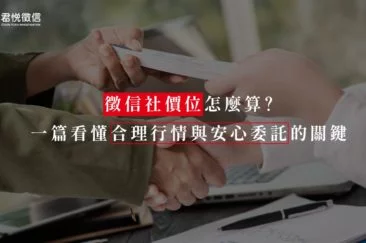
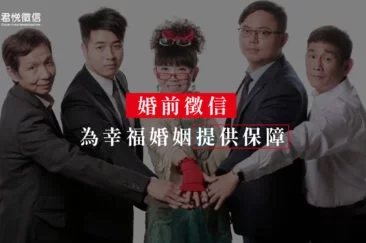



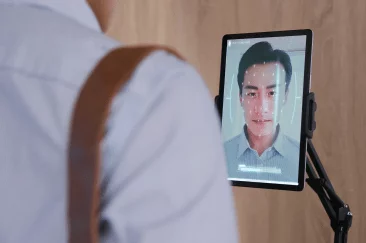
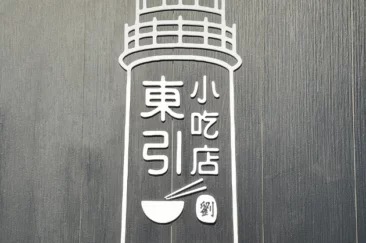
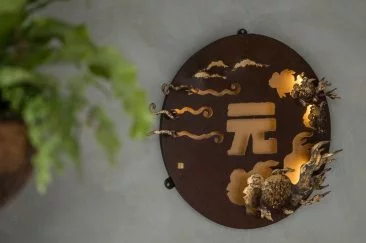



-366x243.png)



